
If you’ve been keeping an eye on the crypto world recently, chances are you’ve heard about non-fungible tokens – NFTs. From digital artwork and collectibles to virtual real estate, NFTs have taken the world by storm. And at the forefront of the NFT revolution is Ethereum, the blockchain platform that powers this thriving marketplace.
But with so much buzz around NFTs and the Ethereum marketplace, it can be overwhelming for beginners to get started. That’s why we’ve put together this comprehensive guide to help you navigate the Ethereum NFT marketplace with confidence.
First things first, what exactly is an NFT? Unlike cryptocurrencies like Bitcoin or Ethereum, which are fungible and can be exchanged on a one-to-one basis, NFTs are unique and indivisible digital assets. They are stored on the Ethereum blockchain, giving them an immutable record of ownership and provenance.
But how can you buy or sell NFTs on the Ethereum marketplace? To get started, you’ll need an Ethereum wallet and some Ether (ETH), the cryptocurrency used on the platform. Once you have these essentials, you can browse various NFT marketplaces, such as OpenSea and Rarible, to discover and purchase the digital assets that catch your eye.
When buying NFTs, it’s essential to do your due diligence. Look for detailed descriptions, the artist’s background, and any additional information about the digital asset. You want to make sure you’re investing in something you value and believe in. Keep in mind that not all NFTs are created equal – some may have more value and potential for growth than others.
Once you’ve acquired your NFT, you can store it in your Ethereum wallet or display it in your digital collection. The ownership and transaction history of the NFT will always be recorded on the blockchain, ensuring its authenticity and scarcity.
Now that you have a basic understanding of NFTs and the Ethereum marketplace, you’re ready to dive in and explore the world of digital assets. Whether you’re an art enthusiast, a collector, or simply curious about this emerging technology, the Ethereum NFT marketplace offers endless opportunities and possibilities.
So, grab your digital wallet, put on your curator’s hat, and embark on your NFT journey!
Understanding Ethereum and NFTs
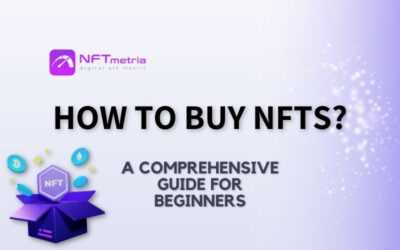
Ethereum is a decentralized blockchain platform that allows developers to build and deploy smart contracts. It was proposed in late 2013 by Vitalik Buterin and went live in 2015. Unlike Bitcoin, Ethereum is not just a digital currency but a programmable blockchain platform that enables the creation of decentralized applications (DApps). Ethereum operates on its native cryptocurrency called Ether (ETH), which is used to pay for computing power and storage on the network.
Non-Fungible Tokens (NFTs) are a type of digital asset that represent ownership or proof of authenticity of a unique item or piece of content on the blockchain. Unlike cryptocurrencies such as Bitcoin or Ether, which are fungible and can be mutually exchanged, NFTs are unique and can’t be replaced with something else. Each NFT has a unique identifier that distinguishes it from other tokens.
NFTs are built on top of the Ethereum blockchain using smart contracts. These smart contracts define the rules and properties of the NFT, including the ownership, transferability, and metadata associated with the token. They ensure that the ownership and history of the NFT are transparent and verifiable.
One of the key benefits of NFTs is their ability to provide scarcity, provenance, and verifiability of digital assets. This opens up new possibilities for artists, creators, and collectors to tokenize and trade unique digital assets such as art, music, collectibles, virtual real estate, and more. NFTs have gained significant popularity in recent years, with high-profile sales and auctions making headlines.
To participate in the NFT marketplace and interact with ERC-721 or ERC-1155 NFTs, users need an Ethereum wallet and a compatible web3 browser or a specialized NFT marketplace platform. These platforms allow users to buy, sell, trade, and showcase their NFTs in a decentralized and secure manner.
As the NFT market continues to evolve and grow, it is essential for users to understand the underlying technology and the risks associated with any investment or transaction. By staying informed and following best practices, users can navigate the Ethereum NFT marketplace with confidence and explore the exciting world of digital ownership and creativity.
Getting Started with the Ethereum NFT Marketplace
If you’re new to the world of Ethereum NFTs (non-fungible tokens), navigating the marketplace can be overwhelming. However, with a little guidance, you’ll soon be able to explore, buy, and sell unique digital assets with ease.
Ethereum Wallet
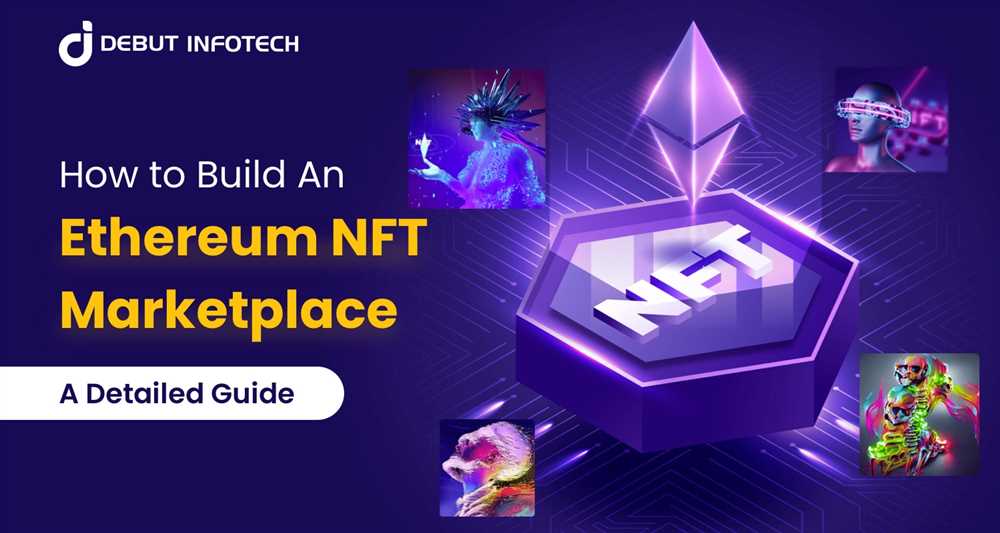
The first step in getting started with the Ethereum NFT marketplace is to set up an Ethereum wallet. This will serve as your digital wallet to store your NFTs and interact with the marketplace. There are several popular wallets available, such as MetaMask and MyEtherWallet, which you can install as a browser extension or mobile app.
Browsing NFT Marketplaces
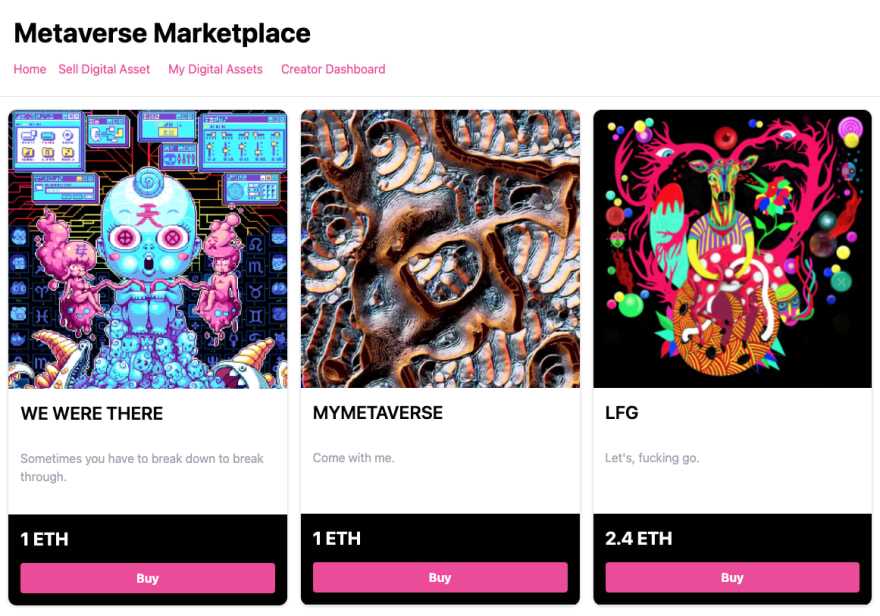
Once you have your Ethereum wallet set up, you can start exploring NFT marketplaces. Some of the most popular Ethereum NFT marketplaces include OpenSea, Rarible, and SuperRare. These platforms allow you to browse and discover various NFT collections, art, virtual real estate, and more.
When browsing NFT marketplaces, you can filter and search for NFTs based on different criteria, such as price, category, or collection. Take some time to explore different collections and artists to find the ones that resonate with your interests.
Purchasing and Selling NFTs

Once you have found an NFT that you wish to purchase, you can use your Ethereum wallet to complete the transaction. Most NFT marketplaces accept payment in Ether (ETH), the native cryptocurrency of the Ethereum blockchain. You may need to connect your wallet to the marketplace and approve the transaction before finalizing the purchase.
If you’re interested in selling your own NFTs, you can create your own collection and list your NFTs for sale on the marketplace. Be sure to follow the guidelines provided by the marketplace for creating and listing your NFTs to ensure a smooth selling experience.
Storing and Managing NFTs
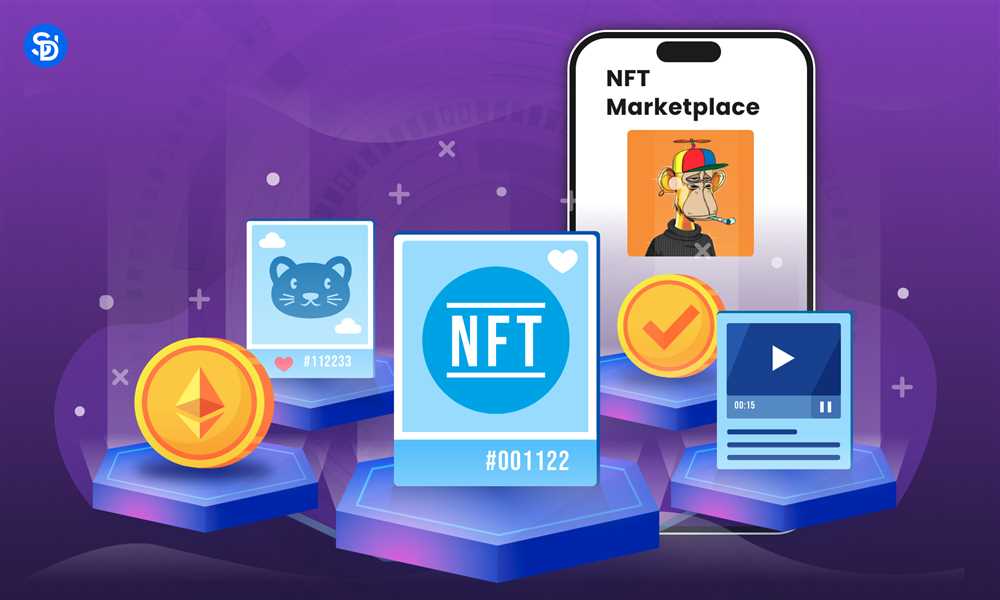
Once you have purchased or created NFTs, it’s important to securely store and manage them. Your Ethereum wallet will provide you with a unique address for each NFT, which serves as the ownership proof and allows you to transfer or sell them. Make sure to keep your wallet’s private key or recovery phrase safe, as it grants access to your NFTs and funds.
You can also explore options for storing and managing your NFTs outside of your Ethereum wallet. Some users prefer to use dedicated NFT management platforms or hardware wallets for added security and convenience.
With these basic steps, you should now have a good understanding of how to get started with the Ethereum NFT marketplace. Happy exploring, buying, and selling!
Tips for Navigating the Ethereum NFT Marketplace
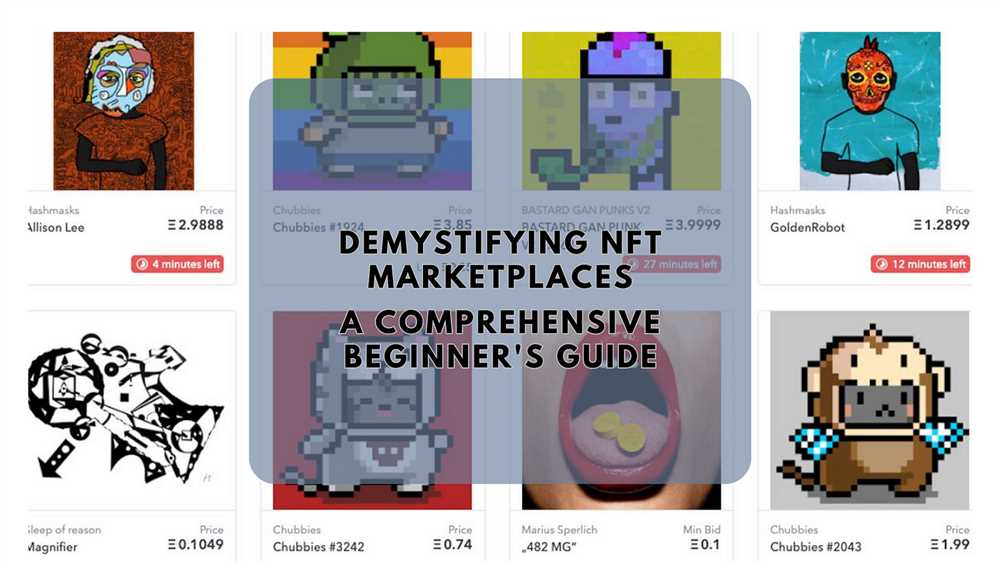
Here are some helpful tips for navigating the Ethereum NFT marketplace:
- Do your research: Before getting started, take the time to familiarize yourself with the basics of NFTs, blockchain technology, and how the Ethereum network functions. This will help you make informed decisions and avoid potential pitfalls.
- Choose the right wallet: To interact with the Ethereum NFT marketplace, you’ll need to have a compatible wallet. Research different wallet options and choose one that meets your needs in terms of security, ease of use, and support for NFTs.
- Understand gas fees: Gas fees are the transaction fees on the Ethereum network. When buying or selling NFTs, you’ll need to pay gas fees. Make sure to understand how gas fees work and factor them into your buying or selling decisions.
- Use reputable platforms: Stick to well-established and reputable platforms when buying or selling NFTs. Look for platforms with a strong track record, good user reviews, and transparent transaction processes. This will help reduce the risk of scams or fraudulent activity.
- Research the artists and creators: When buying NFTs, take the time to research the artists and creators behind the artworks. Learn about their background, previous works, and reputation within the NFT community. This can help you make more informed decisions and support artists you resonate with.
- Join NFT communities: Engaging with NFT communities can provide valuable insights, tips, and opportunities. Join online forums, follow NFT-focused social media accounts, and participate in discussions to stay up-to-date on the latest news and trends in the NFT space.
- Diversify your NFT portfolio: Just like with any investment, it’s a good idea to diversify your NFT portfolio. Consider buying NFTs from different artists, with different themes or styles, and across different price ranges. This can help spread out the potential risks and increase your chances of finding valuable and unique NFTs.
- Stay informed about legal and regulatory developments: The NFT landscape is evolving rapidly, and regulations surrounding NFTs are also an important consideration. Stay informed about any legal and regulatory developments that may impact the NFT marketplace to ensure you are compliant and protected.
By following these tips, you can navigate the Ethereum NFT marketplace with more confidence and make informed decisions when buying or selling NFTs.
What is an NFT?
An NFT, or non-fungible token, is a unique digital asset that represents ownership or proof of authenticity of a specific item or piece of content. Unlike cryptocurrencies like Bitcoin, NFTs cannot be exchanged on a like-for-like basis as they each have distinct qualities and attributes.
How do I buy an NFT?
To buy an NFT, you need to create a digital wallet that supports Ethereum and connect it to an NFT marketplace. Once your wallet is set up, you can browse the marketplace, find an NFT you like, and make a bid or purchase. Transactions are usually done using Ethereum, so make sure you have enough ether in your wallet to cover the cost.